Grand Lodge of PEI History
The Grand Lodge
Of Ancient, Free, and Accepted Masons
Of the Province of
Prince Edward Island
1875
This article is reprinted from The Pattern Set For Us: A History of the Concordant and Related Bodies of Freemasonry Past and Present on Prince Edward Island with the kind permission of the author, RW Bro. George Doughart, Grand Historian.
Sources:
An Outline History of Freemasonry in Prince Edward Island (1758-1958), by M.W.Bro. Robert A. Gordon PGM, Canadian Masonic Research Association No. 55, 1960.
Constitutions of the Grand Lodge of Prince Edward Island
‘Freemasonry in Prince Edward Island’, Proceedings of the Grand Lodge of Prince Edward Island,1925, R.Wor. George W. Wakeford PDGM, 1925. (an Historical Sketch of Freemasonry given by Bro. Wakeford at the Fiftieth Annual Communication of Grand Lodge, June 24-25, 1925)
Freemasonry in Prince Edward Island 1781-1975, by Robert A. Gordon, PGM.
Proceedings of the Grand Lodge of Prince Edward Island, A.F. & A.M.
Many of the earliest traces of Freemasonry in this Jurisdiction are in consequence of the military struggles that characterized colonial history along the Atlantic seaboard in the last half of the Eighteenth Century. In 1758 following the capture of Louisbourg, Lord Rollo was dispatched with a force of troops to take possession of St. John’s Island for the British and to remove the French settlers from the Island. The mission was accomplished and the Island was left in the hands of a garrison that included a detachment led by Captain Spry who like Lord Rollo was a Freemason. Gordon claims in his History that “it is a tradition that Masons in the force held Masonic meetings during their stay.”
(CMRA No. 55, p. 994).
If Captain Samuel Holland was not a Freemason, he at least had close association with a Craft Lodge. Commissioned as Surveyor-General of the northern colonies of British North America in 1764, Captain Holland was assigned to the ‘Canceaux’, a large merchant ship on which a Masonic Lodge (No. 224) was chartered under the Provincial Grand Lodge of Quebec in 1768. (Graham, History of Freemasonry in Quebec, p. 40) Holland’s eldest son, John Frederick Holland, was raised in Lodge No. 241 in Quebec and later affiliated with St. John’s Lodge No. 26 in Charlottetown.
There were Freemasons among the groups of British Loyalists who settled on St. John’s Island following the American Revolution. One of the Loyalists of German decent was Johannes Wilhelmus von der Schmall. He settled in the Bedeque area where he was known as John Small. In his diary under date July 10, 1782 he wrote “I was made a brother in the Most Right and Honourable St. John’s Lodge in New York.” (CMRA No. 55, p. 995) Bro. Schmall was the great, great grandfather of V.W.Bro. A. Ennis Small and M.W.Bro. J. Bruce Small PGM. and the great, great, great grandfather of W.Bro. Keith Small PM all of Hiram and Lebanon Lodge No. 3.








